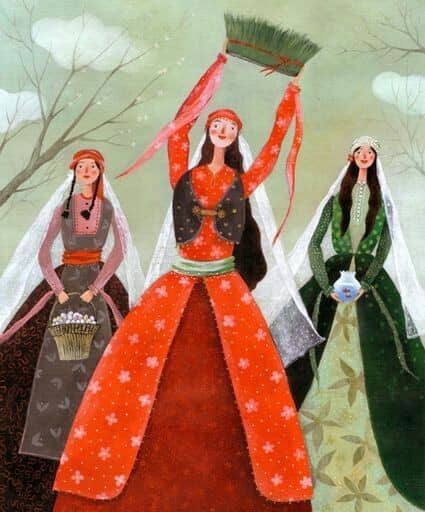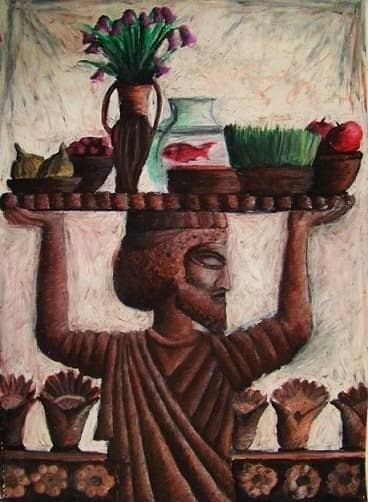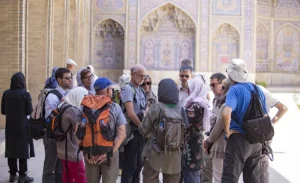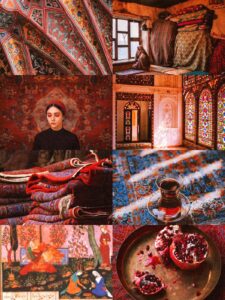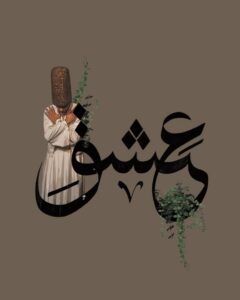Discover Iranian calendar festivals month-by-month. From Nowruz to Yalda, explore Iran’s colorful traditions and celebrations.
Iran’s calendar is full of color, tradition, and joy. From ancient celebrations to religious holidays, every month brings a chance to gather, share, and enjoy life. Following the Iranian year is like traveling through time, nature, and culture all at once. Let’s walk through the year, month by month, and discover the festivals that make Iran unique.

Farvardin (March – April)
The year begins with the most famous Iranian festival: Nowruz, the Persian New Year. Marking the first day of spring, families clean their homes, prepare the Haft-Seen table, and visit relatives. Streets are filled with flowers, laughter, and the smell of fresh herbs. Just 13 days later comes Sizdah Bedar, when people leave their homes for picnics in nature, saying goodbye to the New Year’s celebrations
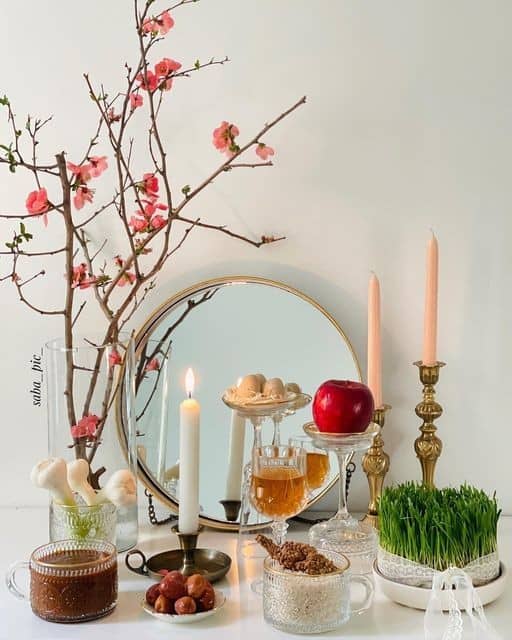

Ordibehesht (April – May)
This month is full of spring freshness. In some regions, people celebrate Jashn-e Gol (Flower Festival), welcoming blossoms and new harvests. It’s also a time for local agricultural festivals, where farmers share their first crops with neighbors.
Khordad (May – June)
Khordad is a month of greenery and growth. In some areas, people celebrate the beginning of the wheat harvest. While not a major national holiday, rural gatherings, music, and dancing are common in farming regions.

Tir (June – July)
In the heat of summer comes Tirgan, an ancient festival celebrating water, friendship, and good fortune. Traditionally, people sprinkle water on each other, wear colorful ribbons, and enjoy fresh fruits. In northern Iran, this celebration is often held by rivers or the Caspian Sea.
Amordad (July – August)
Amordad is a month for local harvest celebrations — especially in northern provinces where rice and tea are gathered. Fishermen in southern Iran sometimes hold small coastal gatherings to mark the peak of the fishing season.
Shahrivar (August – September)
This month brings Jashn-e Mehregan, one of Iran’s oldest festivals, celebrating friendship, justice, and autumn’s arrival. Families wear colorful clothes, prepare seasonal fruits like pomegranates and apples, and share sweets. In some towns, people decorate their homes with flowers and candles.
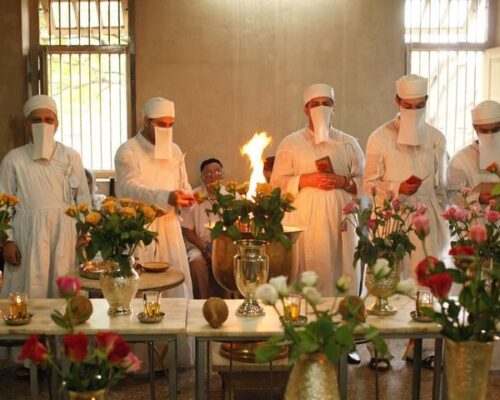

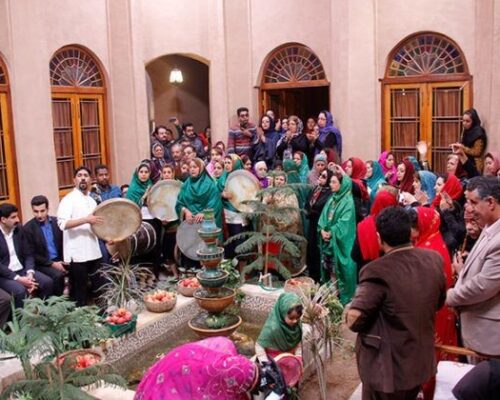
Mehr (September – October)
Mehr is the month of schools reopening, but also the month of Arba’een in some years, depending on the lunar calendar. Religious gatherings, processions, and charity events fill the streets, bringing communities together in remembrance.
Aban (October – November)
Aban is connected to water in ancient Iranian tradition. In Zoroastrian communities, Abangan is celebrated by visiting rivers and offering prayers for clean water and rain. In some farming regions, this is also the season for pomegranate and olive harvest festivals.


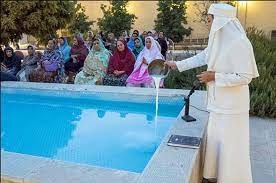
Azar & Dey (November – December– January)
Azar is a quiet month for national festivals but a busy one for local traditions. In snowy regions, winter sports festivals are held, and villages host gatherings with warm stews, storytelling, and music.
As the days grow shorter, Iranians prepare for Yalda Night — the longest night of the year. Families stay awake until midnight, eating watermelon, nuts, and pomegranates, while listening to poetry by Hafez. Yalda is a celebration of light’s victory over darkness, marking the return of longer days.

Bahman (January – February)
In the middle of winter comes Jashn-e Sadeh, a Zoroastrian fire festival held 50 days before Nowruz. Huge bonfires light up the night, symbolizing warmth, life, and the power of the sun. Communities gather to sing, share food, and enjoy the flames.
Esfand (February – March)
The last month of the Iranian year is full of energy. Chaharshanbe Suri, the fire-jumping festival, is celebrated on the last Wednesday of the year. People leap over flames, saying, “My yellow is yours, your red is mine”, wishing for health and happiness. The streets fill with firecrackers, laughter, and the smell of roasted chickpeas — a perfect warm-up for Nowruz.
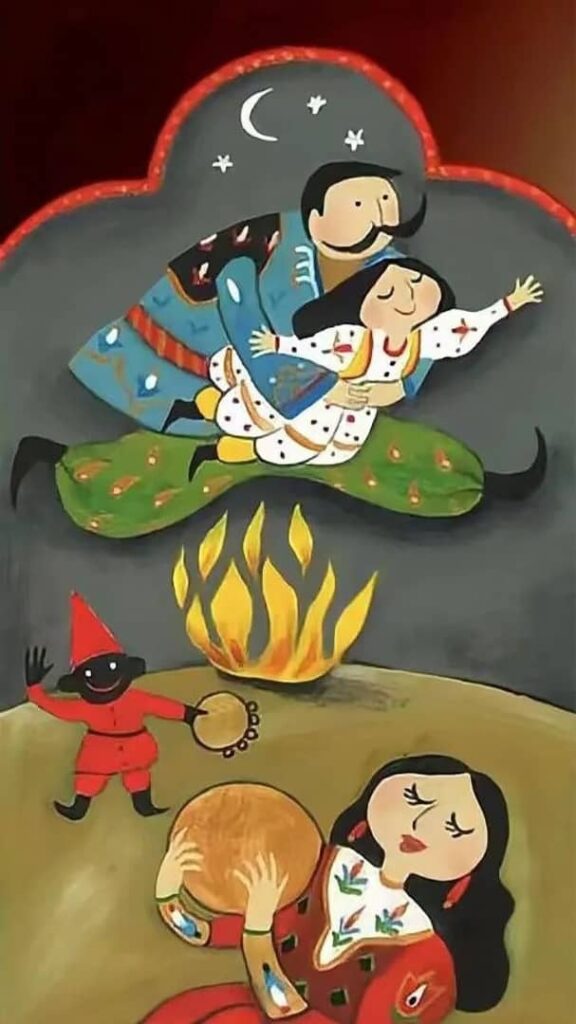
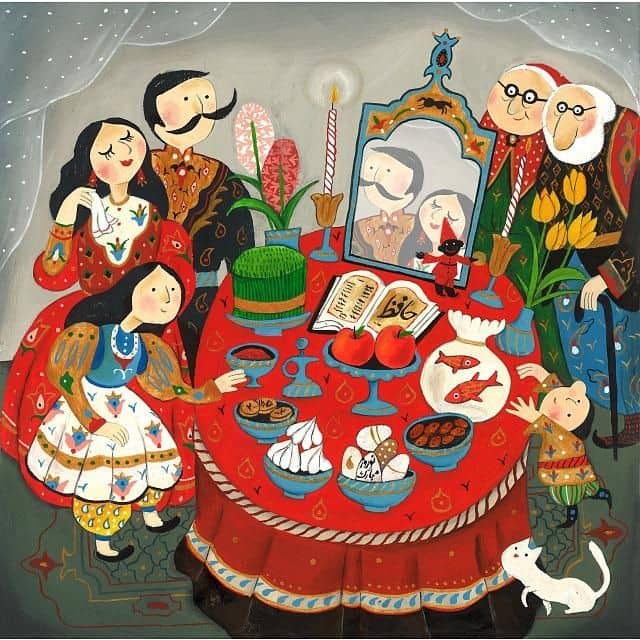
In the end, the Iranian calendar is more than a way to count days — it’s a rhythm of life. Each month carries its own colors, scents, and sounds. Whether ancient or modern, grand or small, these festivals are a reflection of Iran’s love for community, nature, and celebration.
